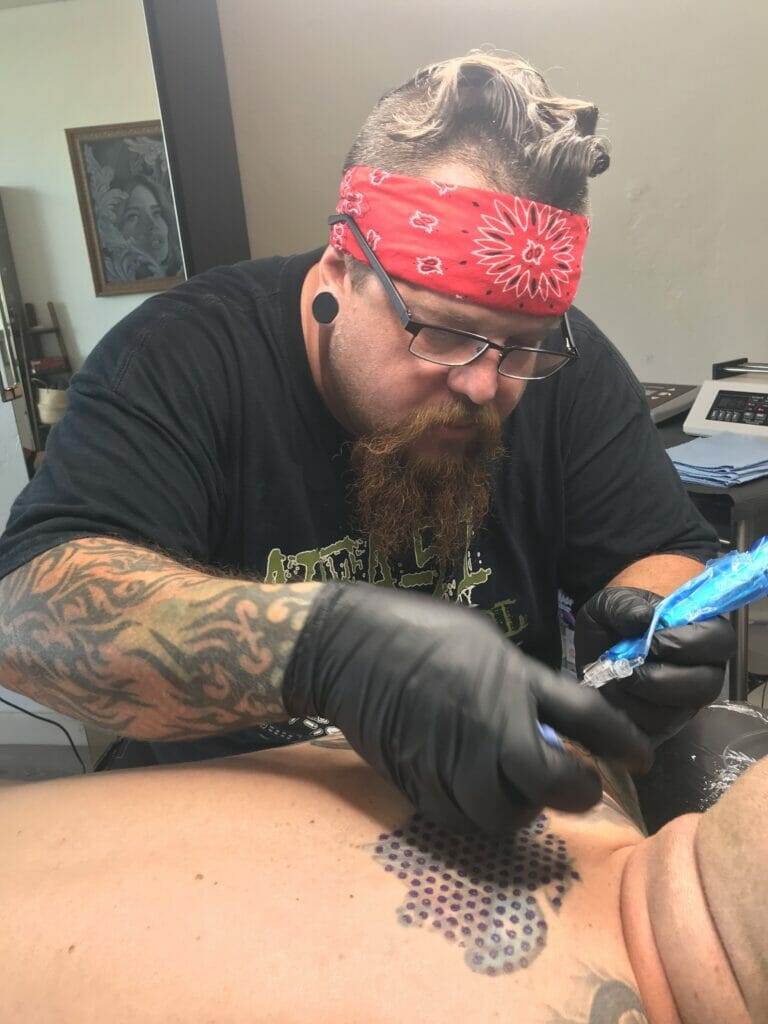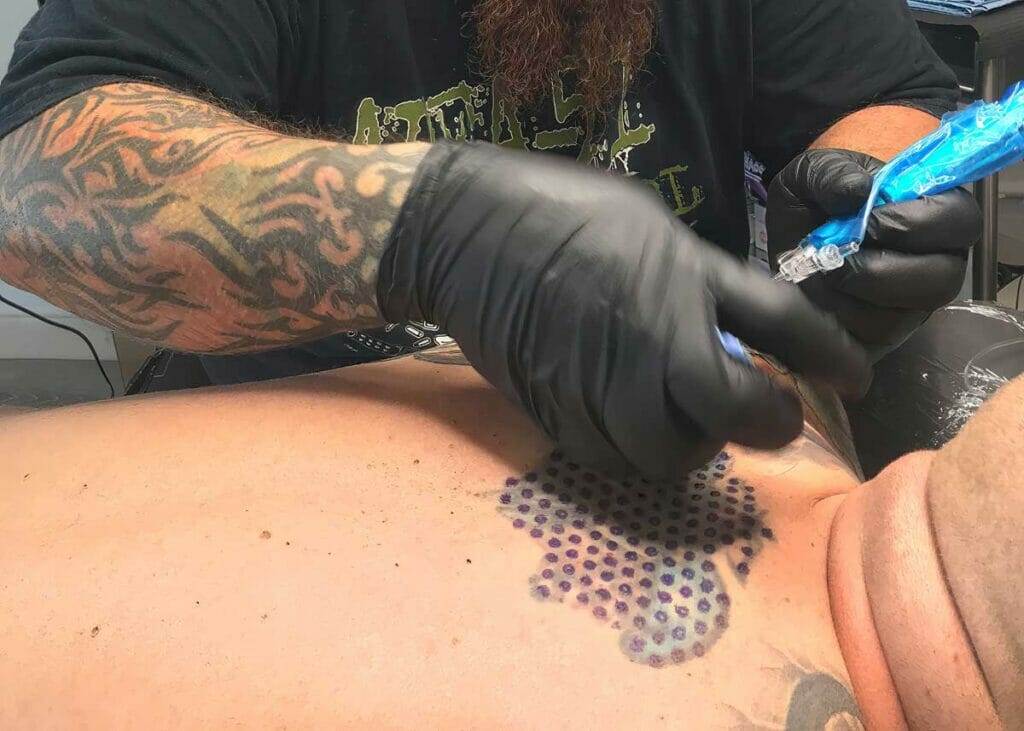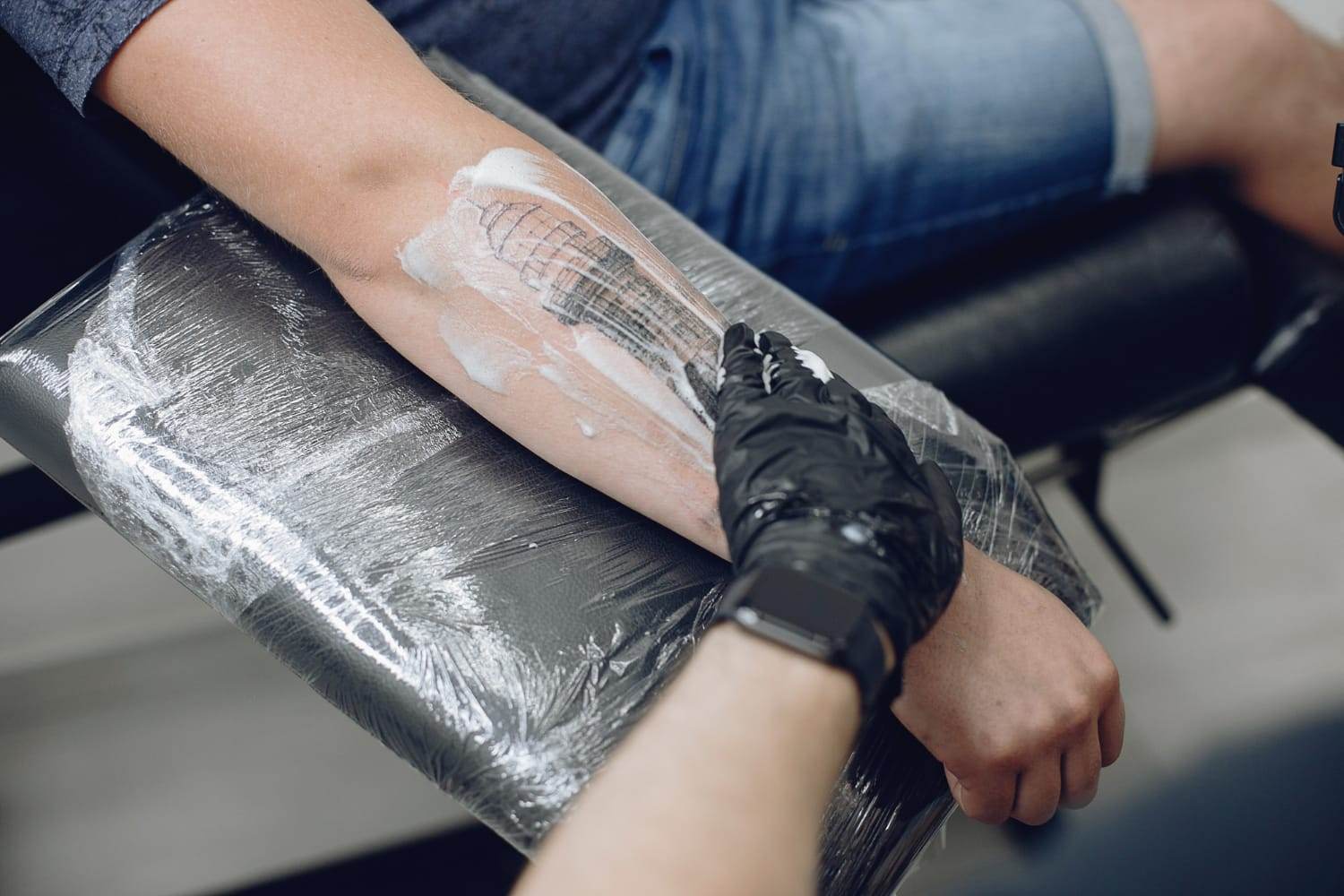In recent years, tattoos have become increasingly popular as a form of self-expression. People of all ages and backgrounds are getting inked with meaningful symbols, artistic designs, and even portraits of loved ones. However, along with the rise in tattoo popularity, there has also been a significant increase in tattoo regret. Many individuals find themselves wanting to remove or modify their tattoos for various reasons, such as changes in personal taste, career opportunities, or simply wanting a fresh start.
This growing demand for tattoo removal has led to the development of various methods and technologies aimed at erasing unwanted tattoos. While traditional methods like chemical peels, dermabrasion, and excision have been used in the past, they often come with limitations and risks. As a result, laser technology has emerged as the preferred method for safe and effective tattoo removal.
Traditional Tattoo Removal Methods: Limitations and Risks
Before the advent of laser technology, traditional methods were used to remove tattoos. Chemical peels involve applying a solution to the skin that causes the top layers to peel off, taking the tattoo ink with them. Dermabrasion involves using a high-speed rotary device to sand down the skin and remove the tattoo ink. Excision is a surgical procedure where the tattoo is cut out and the skin is stitched back together.
While these methods may have been effective to some extent, they often came with limitations and risks. Chemical peels can cause scarring and pigmentation changes in the skin. Dermabrasion can be painful and may not completely remove all layers of ink. Excision can leave behind noticeable scars and may not be suitable for larger tattoos.
The Emergence of Laser Technology for Tattoo Erasure
With the limitations and risks associated with traditional tattoo removal methods, laser technology has emerged as a game-changer in the field of tattoo erasure. The development of Q-switched lasers, specifically designed for tattoo removal, has revolutionized the industry. These lasers emit high-intensity light pulses that target the tattoo ink and break it down into smaller particles that can be naturally eliminated by the body.
Laser technology has proven to be highly effective in removing tattoos of various colors and sizes. It is also less invasive and carries fewer risks compared to traditional methods. As a result, laser tattoo removal has gained popularity among individuals seeking to erase their unwanted tattoos.
How Laser Tattoo Removal Works: A Step-by-Step Guide
Laser tattoo removal is a multi-step process that requires multiple sessions for optimal results. During the treatment, the laser is directed at the tattooed area, emitting short bursts of high-intensity light. The laser light is absorbed by the tattoo ink, causing it to heat up and shatter into tiny fragments.
Once the ink particles are broken down, they are small enough for the body’s immune system to recognize them as foreign substances. The immune system then works to eliminate these particles through the lymphatic system. Over time, as the body continues to flush out the ink particles, the tattoo gradually fades away.
It is important to note that laser tattoo removal is not a one-time procedure. Multiple sessions are typically required to achieve significant fading or complete removal of a tattoo. The number of sessions needed depends on various factors, such as the size and color of the tattoo, as well as individual factors like skin type and immune response.
Factors Affecting the Success of Laser Tattoo Removal
Several factors can influence the success of laser tattoo removal. The size and location of the tattoo play a significant role in determining how easily it can be removed. Larger tattoos may require more sessions compared to smaller ones. Tattoos located on areas with good blood circulation, such as the arms or legs, tend to fade faster than those on areas with less blood flow, like the hands or feet.
The color and type of ink used in the tattoo also affect the success of removal. Darker colors, such as black or blue, are generally easier to remove compared to lighter colors like yellow or green. Additionally, tattoos with professional-grade ink are typically easier to remove than those done with homemade or low-quality ink.
The age and quality of the tattoo can also impact the success of removal. Older tattoos tend to fade more easily as the ink particles have had more time to break down naturally. Tattoos that were poorly done or have been subjected to sun exposure may be more difficult to remove due to changes in the ink and skin.
Benefits of Laser Tattoo Removal over Other Methods

Laser tattoo removal offers several advantages over traditional methods. One of the main benefits is that it causes less scarring and damage to the skin. Unlike chemical peels or dermabrasion, laser technology targets only the tattoo ink, leaving the surrounding skin unharmed. This results in a more precise and controlled removal process, minimizing the risk of scarring.
Furthermore, laser tattoo removal is generally more effective in completely removing tattoos compared to traditional methods. The high-intensity light pulses emitted by the laser can break down even stubborn ink pigments, resulting in significant fading or complete removal over time. This makes laser technology a preferred choice for individuals who want to completely erase their tattoos.
Lastly, laser tattoo removal carries fewer risks and side effects compared to traditional methods. While there may be some temporary redness, swelling, or blistering after treatment, these side effects typically subside within a few days. In contrast, chemical peels and dermabrasion can cause long-lasting pigmentation changes and scarring.
Safety Precautions and Risks Associated with Laser Tattoo Removal
While laser tattoo removal is generally safe when performed by a qualified and experienced provider, there are still some safety precautions and risks to be aware of. It is crucial to choose a reputable provider who has the necessary training and expertise in laser tattoo removal. This ensures that the treatment is performed correctly and minimizes the risk of complications.
Potential risks and side effects of laser tattoo removal include temporary redness, swelling, blistering, and scabbing. In rare cases, more serious complications such as infection, scarring, or changes in skin texture may occur. However, these risks can be minimized by following proper aftercare instructions and seeking treatment from a reputable provider.
Before undergoing laser tattoo removal, it is important to disclose any medical conditions or medications you are taking to your provider. Certain medical conditions or medications may increase the risk of complications or interfere with the effectiveness of the treatment. Your provider will be able to assess your individual situation and determine if laser tattoo removal is suitable for you.
Aftercare Tips for Optimal Tattoo Erasure Results
Proper aftercare is essential for achieving optimal results with laser tattoo removal. After each session, it is important to keep the treated area clean and protected. Your provider will provide specific instructions on how to care for the area, but general guidelines include keeping the area clean, avoiding excessive sun exposure, and avoiding activities that may cause excessive sweating or irritation.
It is also crucial to avoid picking at any scabs or blisters that may form after treatment. Picking at these areas can increase the risk of infection and scarring. Instead, allow the scabs or blisters to heal naturally and follow your provider’s instructions for applying any recommended ointments or creams.
Additionally, it is important to avoid sun exposure on the treated area during the healing process. Sun exposure can cause hyperpigmentation or hypopigmentation in the treated area, leading to uneven skin tone. If sun exposure cannot be avoided, it is recommended to apply a broad-spectrum sunscreen with a high SPF to protect the area.
Cost of Laser Tattoo Removal: What to Expect
The cost of laser tattoo removal can vary depending on several factors. The size and complexity of the tattoo play a significant role in determining the cost. Larger tattoos require more time and sessions to remove, which can increase the overall cost. Additionally, tattoos with multiple colors or intricate designs may require more sessions compared to simpler tattoos.
The location of the tattoo can also affect the cost. Tattoos located on areas that are more difficult to treat, such as the hands or feet, may require additional sessions or specialized techniques, which can increase the cost.
On average, the cost of laser tattoo removal can range from $200 to $500 per session. However, it is important to note that multiple sessions are usually required for optimal results, so the total cost can add up over time. It is recommended to consult with a provider for a personalized assessment and cost estimate based on your specific tattoo and goals.
Financing options may be available for those who cannot afford to pay for the entire treatment upfront. Some providers offer payment plans or financing options to help make laser tattoo removal more affordable. It is worth exploring these options and discussing them with your provider.

The Future of Tattoo Erasure: Advancements and Innovations
As technology continues to advance, new innovations and techniques for tattoo removal are being developed. One promising advancement is the use of picosecond lasers, which emit even shorter pulses of light compared to Q-switched lasers. These picosecond lasers have shown promising results in removing stubborn ink pigments that were previously resistant to treatment.
Another emerging technology is the use of laser-assisted drug delivery systems. These systems combine laser technology with specially formulated tattoo removal creams or gels that help break down the ink particles more effectively. This approach may offer faster and more efficient removal of tattoos.
Staying informed about advancements in the field of tattoo removal is important for individuals considering tattoo erasure. As new technologies and techniques become available, they may offer even better results and shorter treatment times. Consulting with a qualified provider who stays up-to-date with the latest advancements can help ensure that you are receiving the most effective and cutting-edge treatment available.
In conclusion, laser tattoo removal has become the preferred method for safe and effective tattoo erasure. With advancements in technology and ongoing research, the future of tattoo removal looks promising. By staying informed about the latest advancements and consulting with a qualified provider, you can make the right decision for your tattoo removal needs and achieve the desired results.








